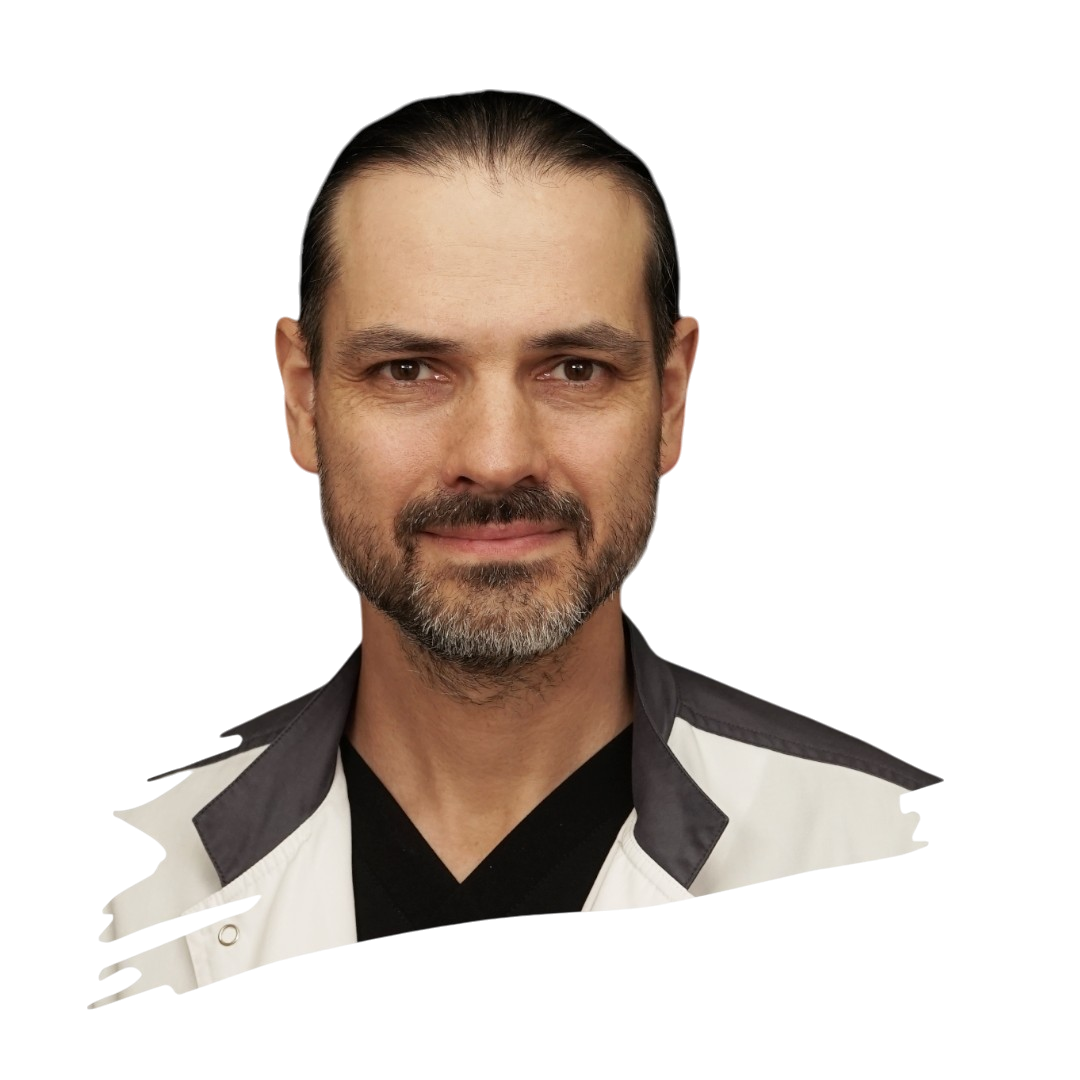Removal of Bichat’s Fat Pads: Myths and Reality
The removal of Bichat's fat pads is a topic that has become particularly relevant in recent years, and with good reason. This procedure attracts the attention of those seeking a slimmer facial contour and more pronounced cheekbones. However, like any popular surgery, it is surrounded by many myths and misconceptions. In this article, we will clarify what Bichat's fat pads are, who truly needs their removal, and what risks may be associated with this procedure.
What are Bichat’s Fat Pads and Why are They Removed?
Bichat's fat pads are collections of fatty tissue located in the cheek area, between the chewing muscles (masseter muscles) and the facial muscles (buccinator muscles). They are named after the French anatomist Marie François Xavier Bichat, who first described them. In newborns, these fatty structures play an important role—they help create a vacuum for sucking milk. However, as we age, their functional necessity diminishes, and although the size of the pads remains virtually unchanged, the face grows and undergoes changes in its proportions.
By the age of 25, most people's faces have fully matured, and Bichat's fat pads become almost invisible. Nevertheless, there is a category of individuals for whom these pads visually increase the volume of the mid-face, creating the effect of "chubby cheeks." This has sparked the idea of surgically removing them, as the operation for their removal, known as buccal fat excision (or bichectomy), can achieve a more defined facial contour and pronounced cheekbones.
Popular Myths about the Removal of Bichat’s Fat Pads
There are many myths surrounding buccal fat excision that we aim to debunk.
Myth 1: Bichat’s Fat Pads can be Removed at Any Age
This is not true. Professional plastic surgeons unanimously agree that the optimal age for removing Bichat's fat pads is after 25. By this time, the face has fully developed, allowing for a proper assessment of the need for correction. Removing Bichat's pads before this age can lead to unpredictable results, as the face continues to change and may decrease in volume.
Myth 2: Buccal Fat Excision is Suitable for Everyone
This is a common misconception. In reality, the surgery has its indications and contraindications. It may be recommended for individuals with notably chubby cheeks, but for those with a slimmer face, removing the pads can lead to undesirable outcomes. It’s important to also consider individual health issues and anatomical features.
Myth 3: Removing Bichat’s Fat Pads Prevents the Appearance of Jowls
Bichat's fat pads are not directly linked to the formation of jowls. Jowls develop as a result of age-related changes in the skin and muscles in the lower third of the face. While removing Bichat's fat pads can visually improve the facial contour, it will not halt the natural aging processes. In some patients, jowls may become more noticeable after the surgery.
Myth 4: Removing Bichat’s Fat Pads is a Simple and Safe Procedure
Although buccal fat excision is considered relatively straightforward, it still involves certain risks, such as damage to the facial nerve, facial asymmetry, or infectious complications. Therefore, it is crucial to understand that any surgical procedure demands serious consideration and reflection.
Myth 5: The Results of Bichat’s Fat Pad Removal Last Forever
This statement is only partially true. While the fat pads themselves do not regenerate, this does not imply that the face will permanently maintain its new shape. Over time, natural changes in the skin and facial structure occur, and some patients may experience a sunken-cheek effect or premature aging.
Who is Truly Suitable for Buccal Fat Excision?
Based on the above, we can identify a category of individuals for whom buccal fat excision may be a beneficial procedure. First, these are patients over the age of 25 with prominent chubby cheeks who want a more defined facial contour. Secondly, these may be patients with excess fat in the facial area whose cheeks remain full even with weight loss. Thirdly, this includes individuals from certain ethnic groups, such as Asians, who genetically have larger Bichat's fat pads.
However, before undergoing surgery, it is vital to consult with an experienced plastic surgeon. A specialist will evaluate the individual characteristics of the face, the patient's age and health status, as well as their expectations from the procedure.
Alternatives to Buccal Fat Pad Removal
For those who wish to enhance their facial contour but are not ready for surgery, alternative methods exist. Cosmetic fillers made from hyaluronic acid can be used to refine the shape of the cheekbones and chin, visually improving the facial contour. Non-surgical methods, such as SMAS (Superficial Muscular Aponeurotic System) lifting or thermolifting, also help tighten the skin and enhance contours. Thread lifting, where threads are inserted to lift tissues, and lipolytic injections, which dissolve fat, can be less invasive alternatives to buccal fat excision.
While these methods are less invasive and carry fewer risks, their effects are temporary and require repeated procedures.
Conclusion
The removal of Bichat's fat pads is an effective yet controversial procedure that can significantly enhance facial contours and create a slimmer appearance. However, this surgery is not for everyone. Before deciding on buccal fat excision, it is important to weigh the pros and cons carefully, consult with multiple experienced specialists, and realistically assess your expectations for the procedure. Remember, beauty and facial harmony depend not only on individual features but also on overall proportions. Sometimes, minor imperfections can add uniqueness and charm. Therefore, the decision to alter one’s appearance should be well thought out and considered.
So, while myths about the removal of Bichat's fat pads can be misleading, by analyzing the information and seeking advice from professionals, you can make the right decision.
Хотите быть в курсе последних новостей о пластической хирургии? Подпишитесь на мой Telegram-канал: https://t.me/by_staisupov
Любите смотреть видео? Еще больше полезной информации здесь: https://www.youtube.com/@staisupov
Все результаты пластических операций можно найти здесь: https://staisupov.ru/results
Задать вопрос и пообщаться с моим цифровым асситентом можно через телеграмм бота. Он поможет с подготовкой к операции и ответит на любой ваш вопрос: https://t.me/Staisupov_VU_bot







